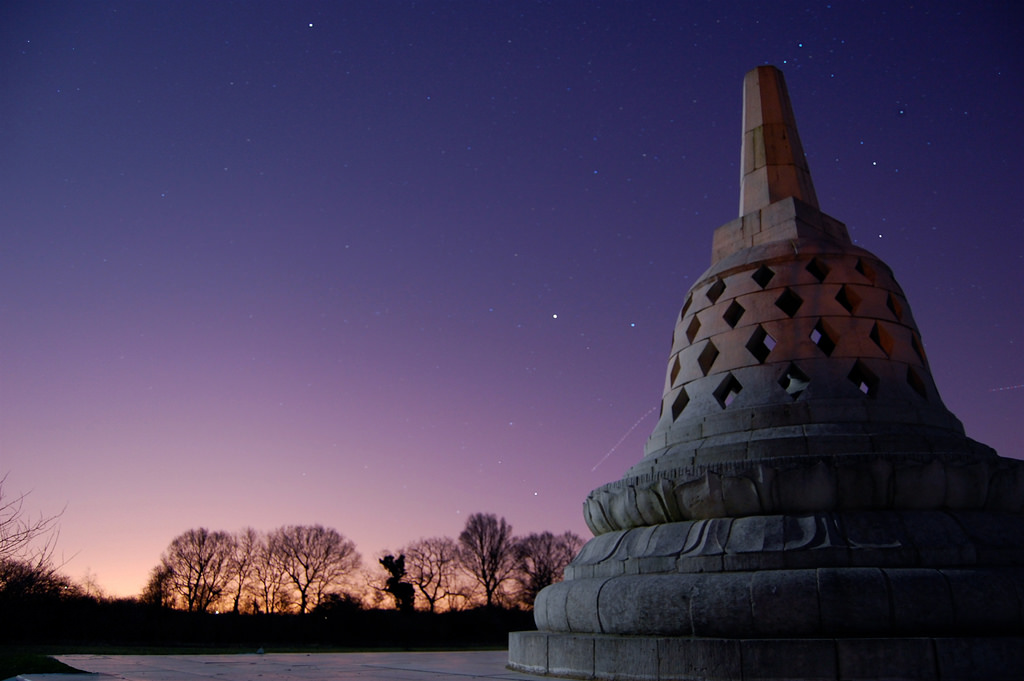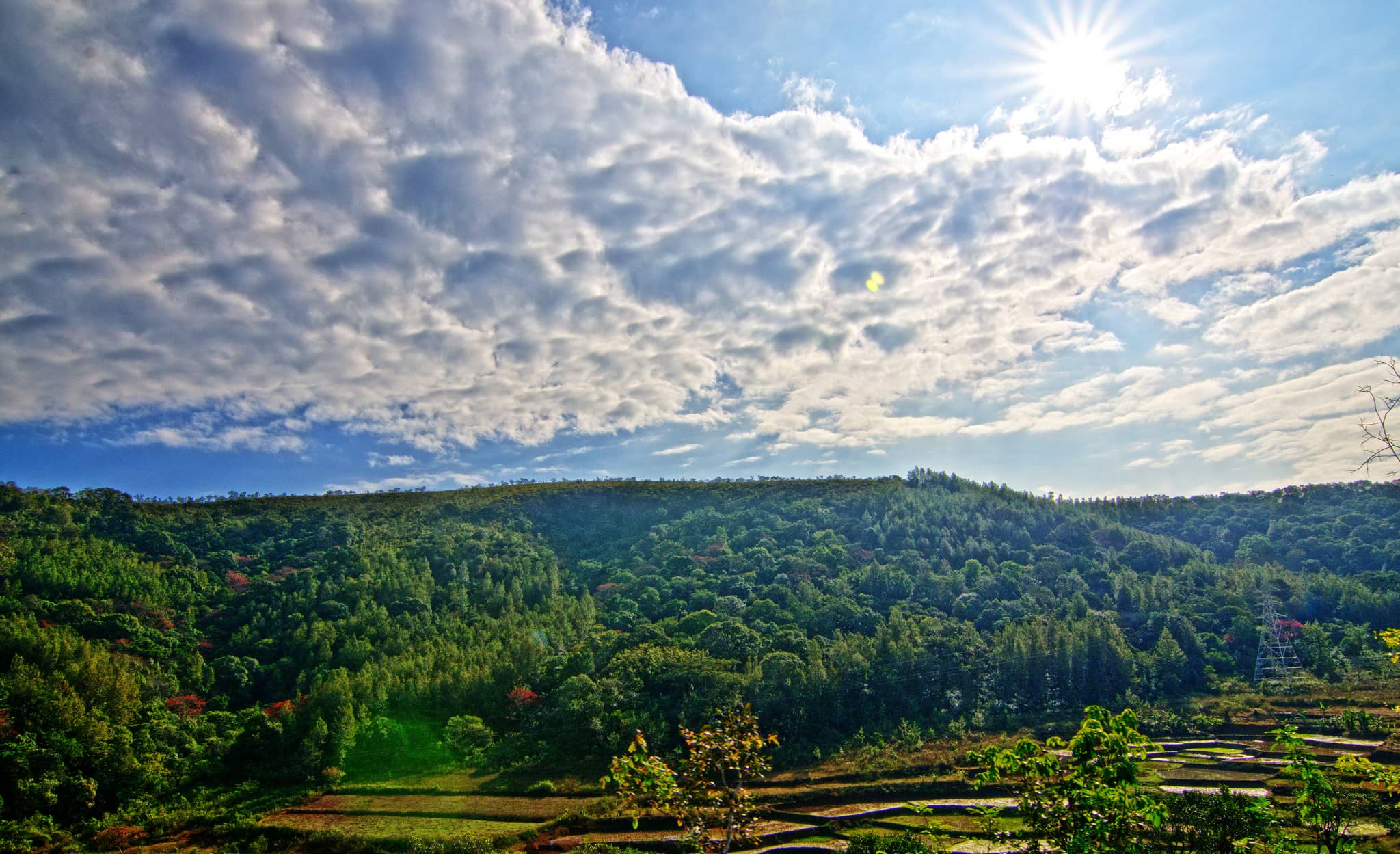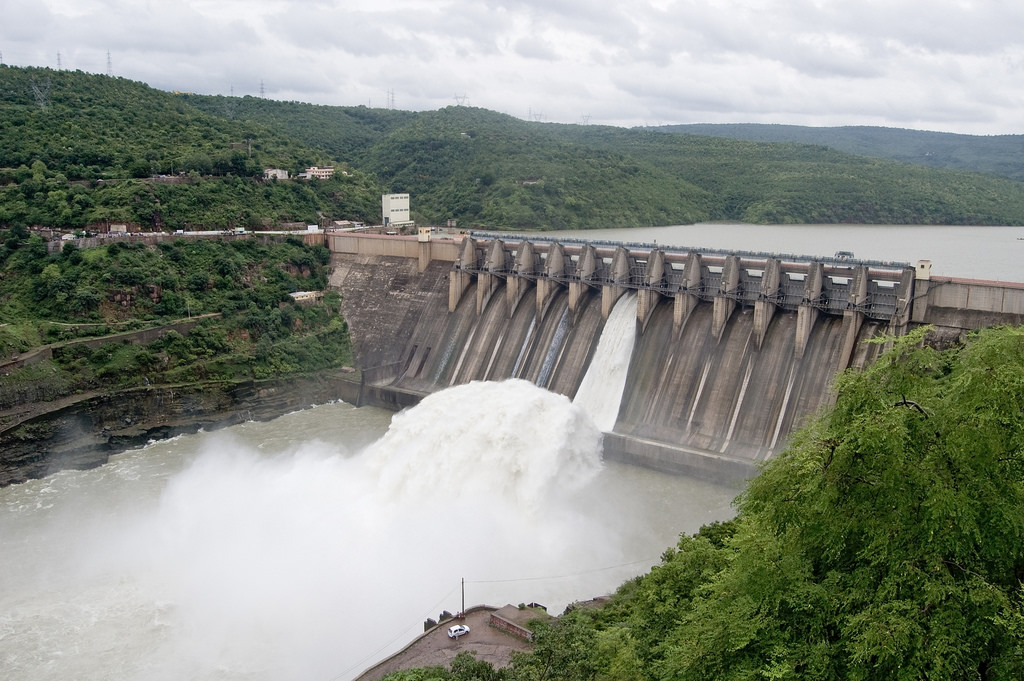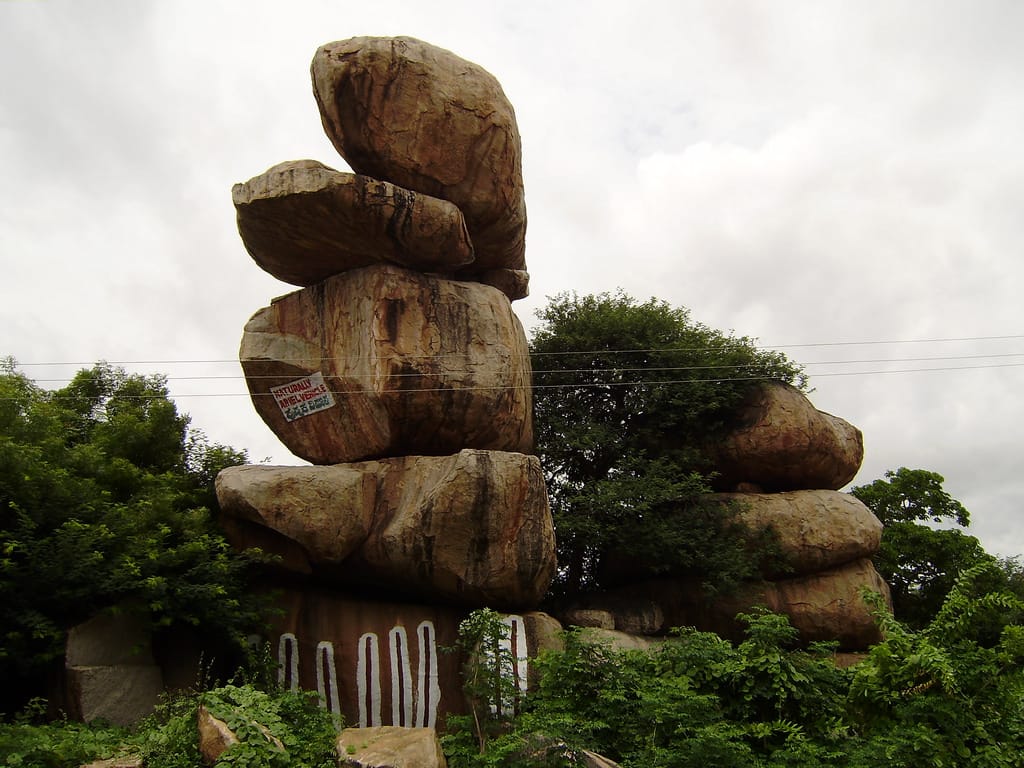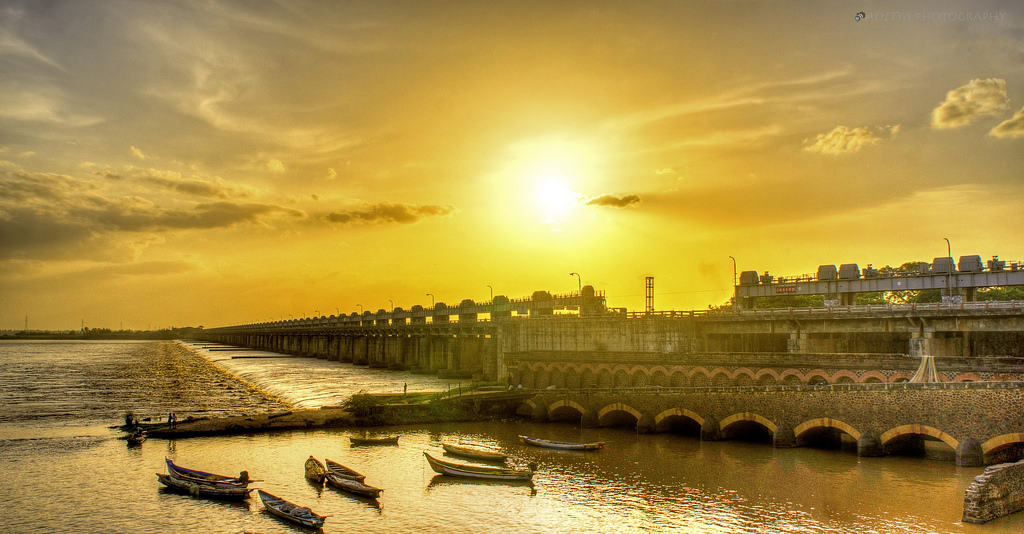Amaravati, the de facto capital city of Andhra Pradesh, derives its name from the historic Amaravathi Temple town. This town was once the capital of the Telugu rulers during the Satavahana dynasty. The region is rich in cultural and religious significance, with numerous ancient temples and monuments. Amaravati is now an emerging hub for governance and development in the state.
places to visit in Amaravati
Dhyana Buddha Statue
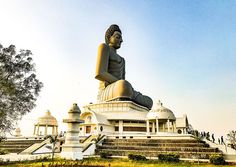
The Dhyana Buddha Statue, located in Amaravati, stands 125 feet tall on the banks of the Krishna River. It is set within a 4.5-acre complex, featuring eight pillars and a lotus-shaped pandal. The statue is a symbol of peace and serenity, offering visitors a sense of calm and spiritual reflection.
Amravati Stupa
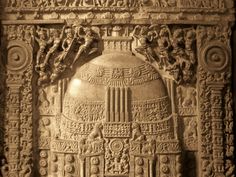
The Amaravati Stupa, also known as the Great Stupa, is a significant Buddhist monument, dating back to the 3rd century BCE. This ancient stupa, located in the Amaravathi village, was built in phases and is one of the largest and most prominent Buddhist structures in India, though now in a ruined state.
Amareswara Swamy Temple
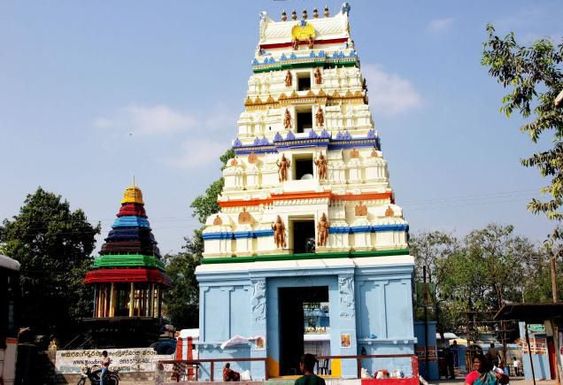
Dedicated to Lord Shiva, the Amareswara Swamy Temple is located on the southern bank of the Krishna River in Amaravati. This ancient temple is part of the five sacred Panchakarma Kshetras in Andhra Pradesh and holds immense religious and historical significance for devotees of Lord Shiva.
Ambadevi Temple
The Ambadevi Temple is a historic Hindu temple, renowned for its beautiful architecture and vibrant annual festivals. Located in a scenic setting, it attracts devotees and tourists alike for its spiritual significance and the cultural richness of its celebrations.
Best time to visit Amaravathi
The best time to visit Amaravathi is from February to March and October to November. During these months, the weather is pleasant, and the village comes alive with vibrant celebrations, especially the festivals of Maha Shivaratri and Navratri, offering a unique cultural experience for visitors.
